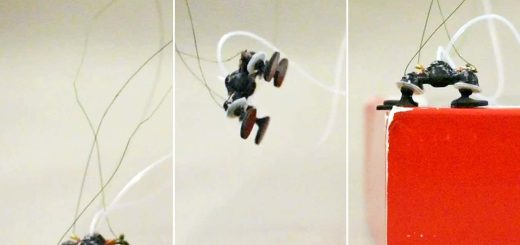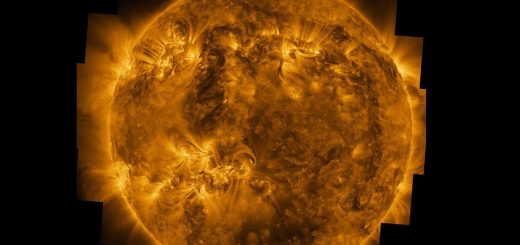We’ve spotted auroras on Neptune for the first time
After nearly 36 years of searching, astronomers have finally confirmed Neptune has auroras, thanks to data from the James Webb Space Telescope
By Joanna Thompson
27 March 2025
Green blotches show where auroras light up Neptune’s skies
NASA, ESA, CSA, STScI, Heidi Hammel (AURA), Henrik Melin (Northumbria University), Leigh Fletcher (University of Leicester), Stefanie Milam (NASA-GSFC)
For the first time, researchers have spotted infrared auroras swirling in Neptune’s atmosphere, verifying decades of scientific speculation.
When NASA’s Voyager 2 mission flew by Neptune in 1989, it found tantalising hints of aurora activity in the ice giant’s clouds. However, scientists were unable to verify the phenomenon at the time, as existing instruments were too weak. Now, the James Webb Space Telescope (JWST) has finally provided the power to detect them.
Read more
Why we must investigate Phobos, the solar system's strangest object
Advertisement
“This was really a fulfillment of years’ worth of anticipation,” says Heidi Hammel at the Association of Universities for Research in Astronomy in Washington DC.
Hammel and her colleagues used JWST’s NIRSpec, a powerful infrared imaging tool, to capture spectroscopic images of Neptune and analyse the different wavelengths of light emitted by the planet. In 2023, researchers used the instrument to detect infrared auroras on Uranus. This time, it found them on Neptune as well.
The images also allowed Hammel and her team to begin constructing a map of Neptune’s magnetic field. This is particularly exciting as the planet is known to have some of the most unusual magnetic poles in the solar system.


